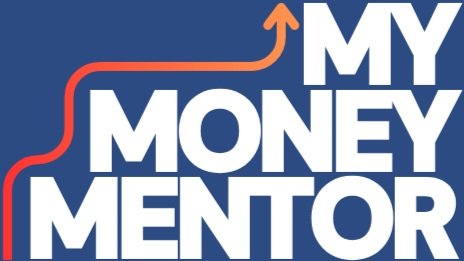Stock analysis: is this a good company?
There are many different ways to approach investing. Some involve investing in things because they’re cheap, some involve in only investing in things that are of decent quality. Life is usually best when kept as simple as possible, so typically the least stressful, easiest and most comfortable strategy is to only ever invest in decent companies. Low quality businesses should just be ignored- it’s far easier that way.
The term ‘quality’ is one that is often used in the investment industry and one that is used very differently by different people. Quality as typically used by financial market participants tends to be backward looking – i.e. it relies on the returns that a company has generated through various economic cycles over many years. That makes sense, but for you to be really confident in calling a business ‘high quality’ you need take the concept one step further, by looking ahead. Because what really makes a high-quality business is not only its past returns but its ability to continue generating those returns into the future. After all, as investors today we are not buying the past, we’re buying the future.
To ensure that a company can consistently generate cash earnings for us as investors, a high-quality company must have an identifiable moat or competitive advantage – something structural that prevents competition from eroding profits and returns over time. We also want to know that this company can reinvest this moat-protected cash at consistently high return levels (or instead return it to investors as dividends).
High past returns are of little help if it’s extremely easy for new competitors to enter the market and compete away those high returns. Similarly, high past returns are of little comfort if the market, industry, or regulation has changed such that those returns are unlikely to be replicated. However, high past returns are likely sustainable if a company has significant power over customers, suppliers, or both in a secularly growing market.
Competitive advantages, or ‘moats’ can be identified in a number of ways. The best quantitative signs that a business currently has a wide moat are market share stability, high margins, and high returns on invested capital. However, no amount of historical financial data can determine the future defensibility of a moat. Always remember, when you’re buying a stock you’re not buying the past, you’re buying the future. That can only be understood through qualitative analysis of the moat itself.
So, you need to understand the source of the moat to assess its strength. Moats come in many forms, such as:
· Network Effects – the value of a service grows as more people use it.
· Economies of Scale – being the largest player creates better economics.
· Switching Costs – customers stay with a company because switching would be too expensive.
· Cost Advantage – being the low-cost producer in a commoditized space.
· Brand – having the most desirable product on the market.
· Regulations – regulatory imposed barriers on competing in a market.
Ultimately, any judgement about the sustainability of a moat or competitive advantage is subjective. One of the best ways to increase confidence in moat sustainability is when you have already seen it challenged and seen it withstand an attack by a competitor. The more powerful and well-capitalised the competitor, the more confident you can be in the moat itself.
Example: consider the network effect enjoyed by Facebook. This is one of the biggest elements of Facebook’s advantage: it became the most popular social network because it was the most popular social network. In 2011, this network effect was challenged by a very well-capitalised Google through their Google+ product. Even though Google had significant resources to throw behind the attack on Facebook’s moat, they eventually had to back off and close Google+ entirely. For Facebook to have withstood a direct attack from such a powerful competitor likely means you have can hvae enormous confidence in its moat.
